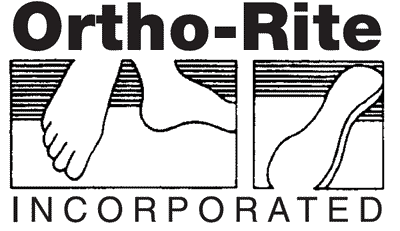



|
Educating Patients - A True Art
Part 1  by Jarrod Shapiro, DPM Joined practice of John K Throckmorton,DPM,PC Lansing, Michigan July 2006 Have you ever thought about how effective you are at educating patients? Do your patients understand their treatment after you walk out of the room? How much time do you spend at each patient encounter with education? Does this have any bearing on being a new physician? How about being a good physician? I�d like to start a discussion on the best practices in educating our patients. In this first part I�m going to argue that this is a truly important skill that you should hone during your residency. In the second part we�ll talk about specific methods that I�ve found to be successful when counseling patients. Write in with your thoughts and ideas; perhaps we can become better educators together! As a resident I didn�t spend much time thinking about how well I explained pathology and treatment regimens to my patients. Frankly, I thought I was pretty good at it. Then I started practice. After only 3 months of practice it�s pretty clear I have a lot to learn in the patient education department! Practice is different from residency in that I follow every single patient I treat whether my treatments are successful or not. This also provides the opportunity to observe when I have been successful educating my patients. Here�s an example. The most common pathology I see is plantar fasciitis. Patients commonly present to me saying they�ve been told they have a �heel spur.� We�ve all heard this one. It then becomes my responsibility to counsel these patients about the true nature and relationship of heel spurs to plantar fasciitis. I go into my diatribe about the heel spur not being the problem, that half of people with plantar fasciitis have no spur, what the true cause is, etc. You all know what I�m talking about; you�ve all been in the same situation. Now, I can gauge how successful I was on the education front when the patient returns for the next visit, and they tell me that their heel spur is feeling better! Clearly, I�ve failed to educate this patient properly. I�ve also seen physicians very successfully educate patients. Before medical school I shadowed a podiatrist who was explaining about flatfeet and bunions to his patient. He used the time-honored �rigid-lever-mobile-adapter� explanation that we all know well. At the time, this was a revelation to me, explaining succinctly my own foot problems. He simply and effectively educated his patient (and me) about what was causing her problem. Now, this isn�t a frivolous or �touchy-feely� pursuit. I think this is a vital skill that comes with time and practice. Ask yourself the following question. Would you allow a doctor who can�t explain your disease to do surgery on you? I�m sure the majority of you are thinking, �No way!� How much trust would you have in a physician if they can�t even communicate with you? This entire discussion boils down to trust. If you confidently and clearly define the problem to your patients, they will more likely adhere to your recommendations. Did you know the word �doctor� comes from docere, meaning �to show or teach�? This is what you�re spending seven or more years of your life to become, a teacher. You might as well do it right! Stay tuned for part 2 where we�ll discuss specific methods to educate our patients. Send in your contributions and educate us all. Talk to me,
|














